The hypothesis that there is no automatic link between economic growth and poverty reduction and the government needs to be more pro-active on this front is gradually gaining currency in Pakistan. This is so because the growth in the economy witnessed in the recent past does not seem to have translated in poverty alleviation and improvement in social sector indicators.
At the launching ceremony on 20th December of a document entitled "Combating Poverty: Is growth sufficient?" prepared by Social Policy and Development Centre (SPDC), three Pakistani economists - Sartaj Aziz, Hafiz Pasha and Kaiser Bengali - and, a foreign diplomat, Margaret Huber, Canadian High Commissioner, expressed a unanimous view that poverty could not be tackled only through economic growth, and there had to be a strategy for equitable distribution of income and employment generation with a focus on social sector development.
The conspicuous feature of Pakistan's current growth was rising poverty that came under sharp review. Out of every rupee of increase in GDP, according to the SPDC document, 34 paisas accrue to the richest 10 percent of population and only three paisas to the poorest 10 percent.
Its model-based simulation results showed that even if the GDP growth is maintained at 6 percent a year over the next five years and the unemployment rate remains constant at 8.7 percent, poverty is likely to increase by 1.7 percentage points.
The reduction of income inequalities could be a more potent tool for poverty reduction than growth, because a one percent reduction in inequality would reduce poverty by 8.5 percent. Pakistan's taxation system was described as regressive that places more burden on the poor than the rich people. The study revealed that the poorest 10 percent families in Pakistan contributed 16 percent of their income as indirect taxes, while the contribution of the richest 10 percent was less than 10 percent.
The SPDC document also established property ownership as one of the principal variables impacting poverty, with land owning emerging as the critical determinant of rural poverty, and proposed accelerated GDP growth, improved asset/income distribution and enhanced human/social development as three basic pillars of a sound strategy for poverty reduction.
The study also analysed Pakistan's economic history, dividing it into three phases. The first was the growth-oriented development model without any meaningful regard for equity and social justice, which was followed in Ayub Khan's decade of sixties.
The second was the growth with equity strategy from 1973 to 1977 that was primarily state managed and inflation financed. The growth strategy from 1978 onwards was pursued without any vision.
During 1988 to 2002, Pakistan maintained an annual growth rate of 4 percent but the incidence of poverty increased from 23 to 33 percent.
While the observations of Pakistani economists revolved around the findings of the SPDC document and were mostly one-sided, the remarks of the Canadian High Commissioner, in our view, were more realistic and fairly balanced.
According to her, Pakistan was working towards achieving the objectives set in the Millenium Development Goals to reduce poverty by half by 2015, but to achieve this goal, there was a need for a progressive fiscal regime and acceleration of land reforms.
Appreciating the government's commitment to economic and social development, she referred to Shaukat Aziz's vision of including the poor in economic growth and generation of employment. The progress report of PRSP Secretariat showed that budgetary allocations to the social sector had increased significantly. However, after bringing the economy on track, much more still remains to be done.
For most of the people familiar with the SPDC approach and analysis, the contents of the present document would not be a surprise. It usually presents its views in a fashion which highlights the incidence of poverty and glosses over any credit for sound economic management, which is a pre-requisite for employment generation and poverty alleviation. It must be remembered that there are no quick fixes and it takes a long time in a pluralistic society to distribute the fruits of development to ordinary people. Not long ago, two of the speakers at the conference were also at the helm of affairs and played a major role in policy making in the government but could not change the overall direction of policies. In fact, it was the Musharraf government that took the lead in rehabilitating a mismanaged economy by undertaking stringent measures and put it on a sustainable path of development. The present government is also following, more or less, a right mix of policies and gradually shifting the focus towards alleviating the sufferings and deprivations of the poor people. The level of PSDP has been increased considerably, there is greater emphasis on micro-finance and SMEs and agricultural sector is being given greater importance for the creation of employment. But this government could only devote more resources to social sector spending etc keeping in view the budgetary constraints and inflationary tendencies in the economy. The document proposes a non-inflationary strategy to finance a development budget of Rs 75 billion by shifting more resources from the current expenditures, but it is easier said than done. Current expenditures are in most cases not wasteful expenditures and extremely hard to trim. The SPDC has also brought into the picture some unnecessary data to stress a particular point of view. For instance, richest families would obviously contribute a lower percentage of their income as taxes because of the higher level of income. It does not mean that they pay lower taxes than the poor. All in all, it is our considered view that poor people would have been poorer if the government had not focussed its entire attention on the improvement of the economy during the last five years. Moreover, it should be obvious that the GDP has risen by a reasonable margin only in the last two years and it would take some time, through appropriate policy measures, to ensure that the growth is shared equitably by the people at large.
However, the SPDC efforts at highlighting the matter of poverty and other social sector issues cannot be discounted as entirely insignificant or less than thought-provoking.
To continuously highlight the subject of poverty and unemployment is one way of informing the public and forcing the government not to lose or shift focus and devote more resources and efforts towards an issue of vital importance not only for the down-trodden but also for the country as a whole, for as General Pervez Musharraf recently put it, there cannot be an island of prosperity in an ocean of poverty for long.
We also agree that the tax culture in Pakistan needs to be changed in order to make it more progressive. Besides, land reforms as proposed by the SPDC are a must to establish an egalitarian society, narrow the gap between the rich and poor, and reduce the hold of powerful groups on the levers of power.
We would recommend to the policy makers to go through the report carefully and pick up practicable ideas for implementation consistent with ground realities.
In the meantime, it is also essential for the government to correctly estimate poverty at regular intervals in the country and interpret and forecast it in various ways so that the policy planners could take stock of the latest situation itself and institutions like SPDC do not have to undertake this exercise for evaluating the impact of government policies and programmes on the poverty level because of the government's default in doing so.
BR100
15,059
Decreased By
-56.5 (-0.37%)
BR30
42,931
Decreased By
-117.2 (-0.27%)
KSE100
148,815
Decreased By
-677.8 (-0.45%)
KSE30
45,206
Decreased By
-312 (-0.69%)







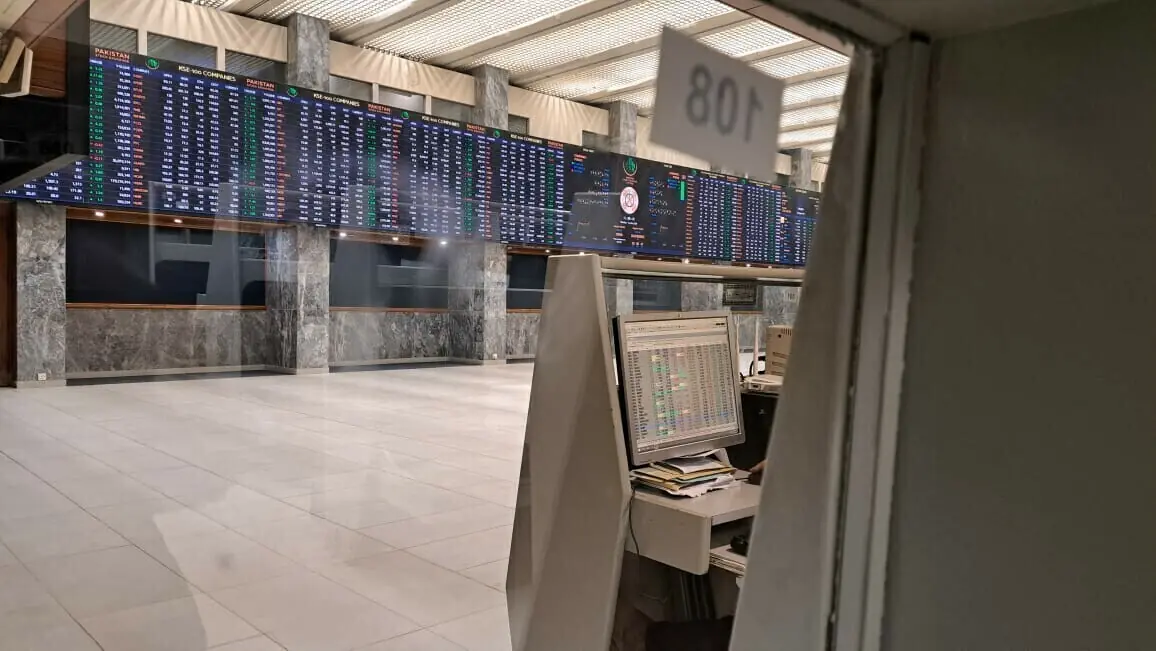
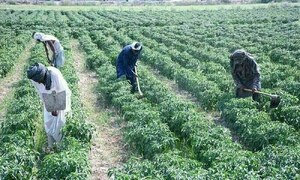





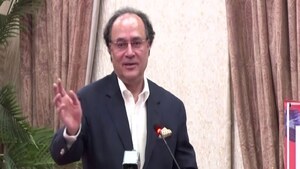


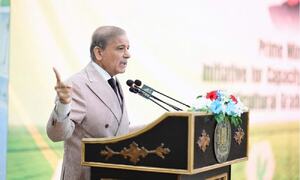
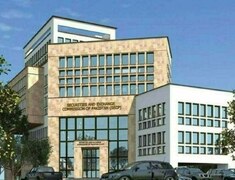
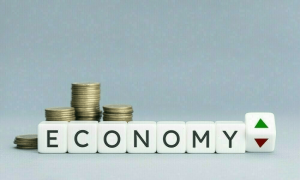

Comments
Comments are closed.